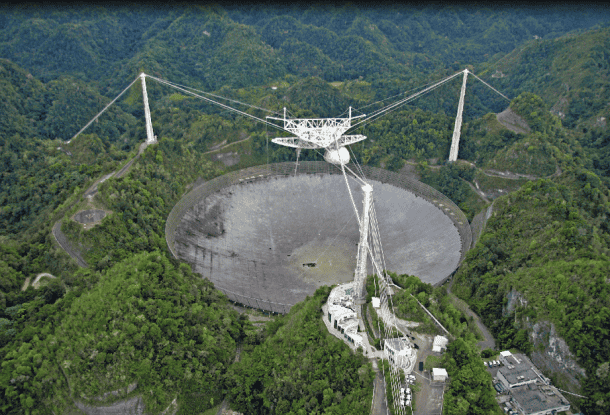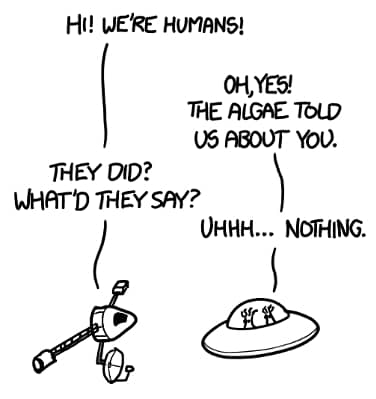If your conspiracy theorist uncle has been telling you about the aliens eavesdropping on our broadcast media, we have some legitimate questions and arguments for you to tackle his statements.

First of all, if there is a technology that either of the races has found to diminish the attenuation radio communication experiences in space, we must focus on the problem from a financial point of view. A transmitter powerful enough to send the TV signals to another planet is a humungous waste of money. Especially for aliens, as they would not have any interest in the magic brooms and the lavender fragranced toilet papers that pay the power bills. Humans rely more on fiber and cables, and even the cellular networks have more focused beams to exchange; no more colossal sized transmitting antennas. At the end of 20th century, it might happen that TV transmission may leak into space. However, it would be imperceptible after only a few light-years of distance. Since the exoplanets that are potentially habitable are dozens of light years away, the chances are that aliens will not be singing the same jingles like us, at least for now.

There are more powerful radio signals than TV transmissions like Early Warning Radar. These radars used in Cold War comprise airborne stations planted on the ground and produce powerful radar beams. These beams would bounce off the ionosphere to be monitored by the humans for enemy communication. Some of the beams would refuse to bounce off the ionosphere and leak into space. But today, these radars are becoming obsolete just like the TV broadcast towers.

Another theory to find out how the outer space aliens may detect us as a planet does not depend on radio transmission but visible light. Ever heard of Arecibo Telescope in Puerto Rico? Yes! You are right, Battlefield 4! One of the purposes of its construction is to behave as a radar transmitter, where it is fundamentally a flashlight that brightens up the planets such as Mercury and the asteroid belt to enhance their visibility. The odds of our visibility from outer space are slim, considering the occasional and narrow beam of the Arecibo Telescope. If an alien antenna is receiving signals at that particular instant, they will recognize a radio pulse that would be briefly followed by long awkward silence.

Remember the Wow Signal from 1977? How could I? I wasn’t alive at the time. Whatever! The logic may pan out quite convincing; the reflection of sunlight from earth, known as ‘ Earthshine,’ can be a reason of our detection from an exoplanet.
From aliens’ perspective, both the visible light and the radio transmissions themselves may not be the clear indication of an intelligent species inhabiting the planet. On the other hand, we are those intelligent species who might detect them. Calling the entire species intelligent may be a stretch, but our atmosphere can ring a lot of bells. For starters, its oxygen-rich, and then there is our water cycle and an ex-convict algae that has devised a way to escape into space. It can help us start over on a new planet and hence, terraforming it.

Still, this discussion revolves around the accidental discoveries and possible sources. Perhaps, someday, we might make our assumptions true to convert our imaginations and fantasies into a reality. What do you think?


